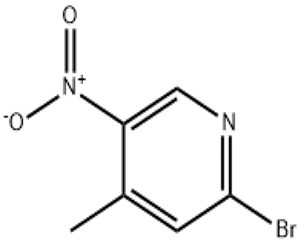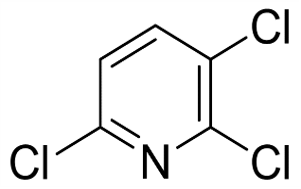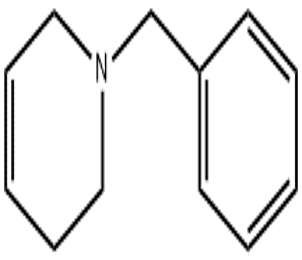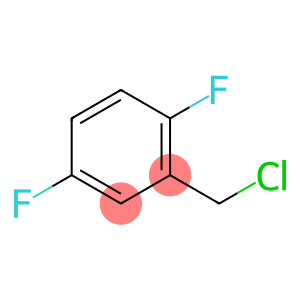2-Bromo-4-methyl-5-nitropyridine(CAS# 23056-47-5)
| Risk Codes | R20/21/22 – Harmful by inhalation, in contact with skin and if swallowed. R36/37/38 – Irritating to eyes, respiratory system and skin. |
| Safety Description | S26 – In case of contact with eyes, rinse immediately with plenty of water and seek medical advice. S37/39 – Wear suitable gloves and eye/face protection |
| Hazard Class | IRRITANT |
Introduction
2-Bromo-4-methyl-5-nitropyridine is an organic compound. The following is an introduction to its nature, use, preparation method and safety information:
Quality:
2-Bromo-4-methyl-5-nitropyridine is a solid substance with yellow crystals. At room temperature, it is rarely soluble in water, but it can be soluble in organic solvents such as ethanol and dimethylformamide.
Use:
This compound is often used as an intermediate in organic synthesis. It can be used in the preparation of other nitrogen-containing heterocyclic compounds, such as pyrroles and indoles.
Method:
2-Bromo-4-methyl-5-nitropyridine can be prepared by the substitution reaction of aniline. Under appropriate conditions, aniline is reacted with bromoacetic acid to produce 2-bromoaniline. Then, by alkylation under alkaline conditions, 2-bromoaniline is alkylated to obtain 2-bromo-4-methylaniline. The resulting 2-bromo-4-methylaniline is nitrified by nitrification to obtain 2-bromo-4-methyl-5-nitropyridine.
Safety Information:
2-Bromo-4-methyl-5-nitropyridine is an organic compound and should be stored and used correctly. It is a combustible substance and should be kept away from open flames and high temperatures. During operation, contact with skin, eyes, and respiratory tract should be avoided, and operation should be carried out under ventilated conditions. Protective gloves, goggles and masks should be worn when in use. In case of accidental contact, rinse immediately with plenty of water and seek medical attention.








